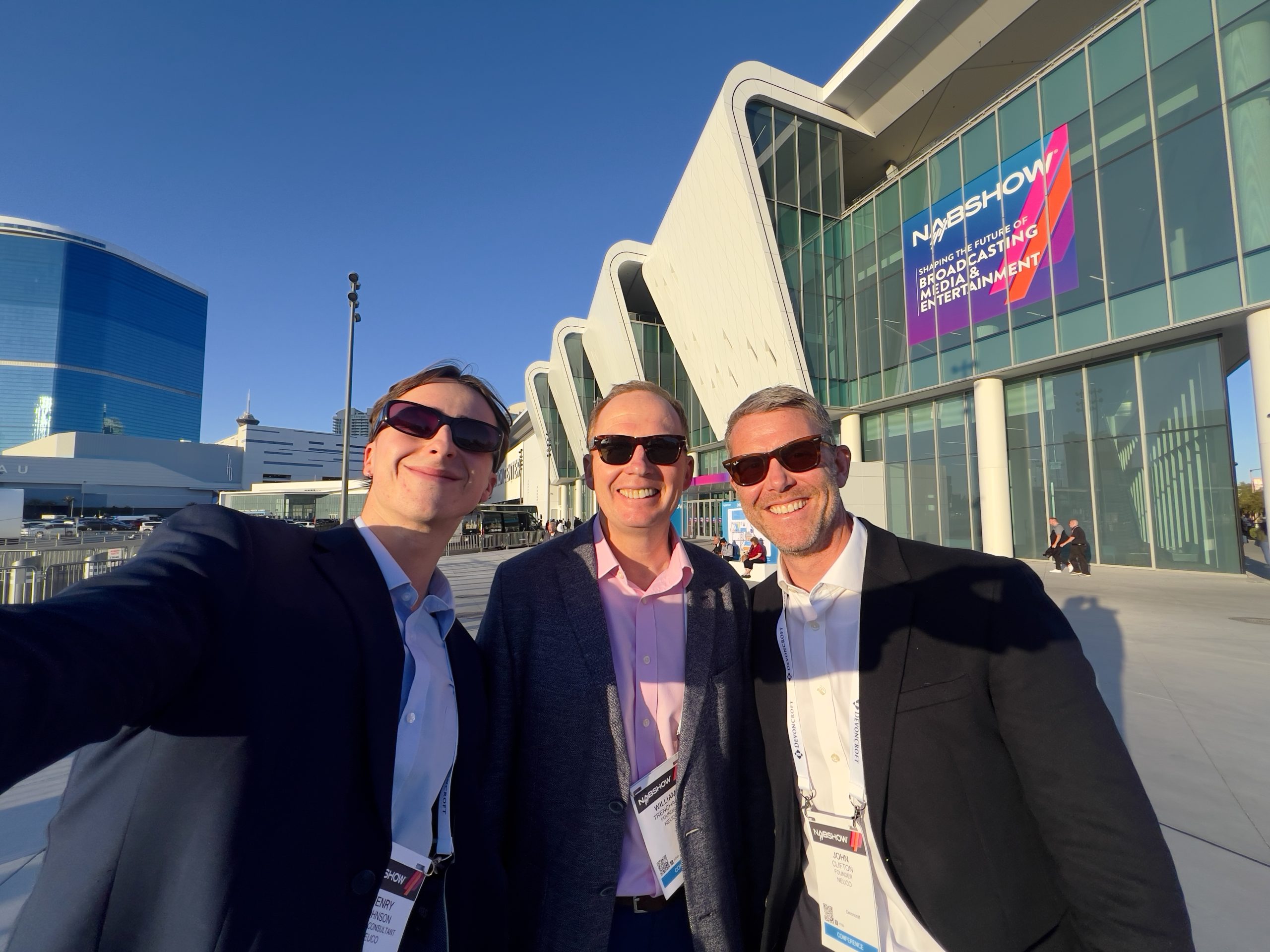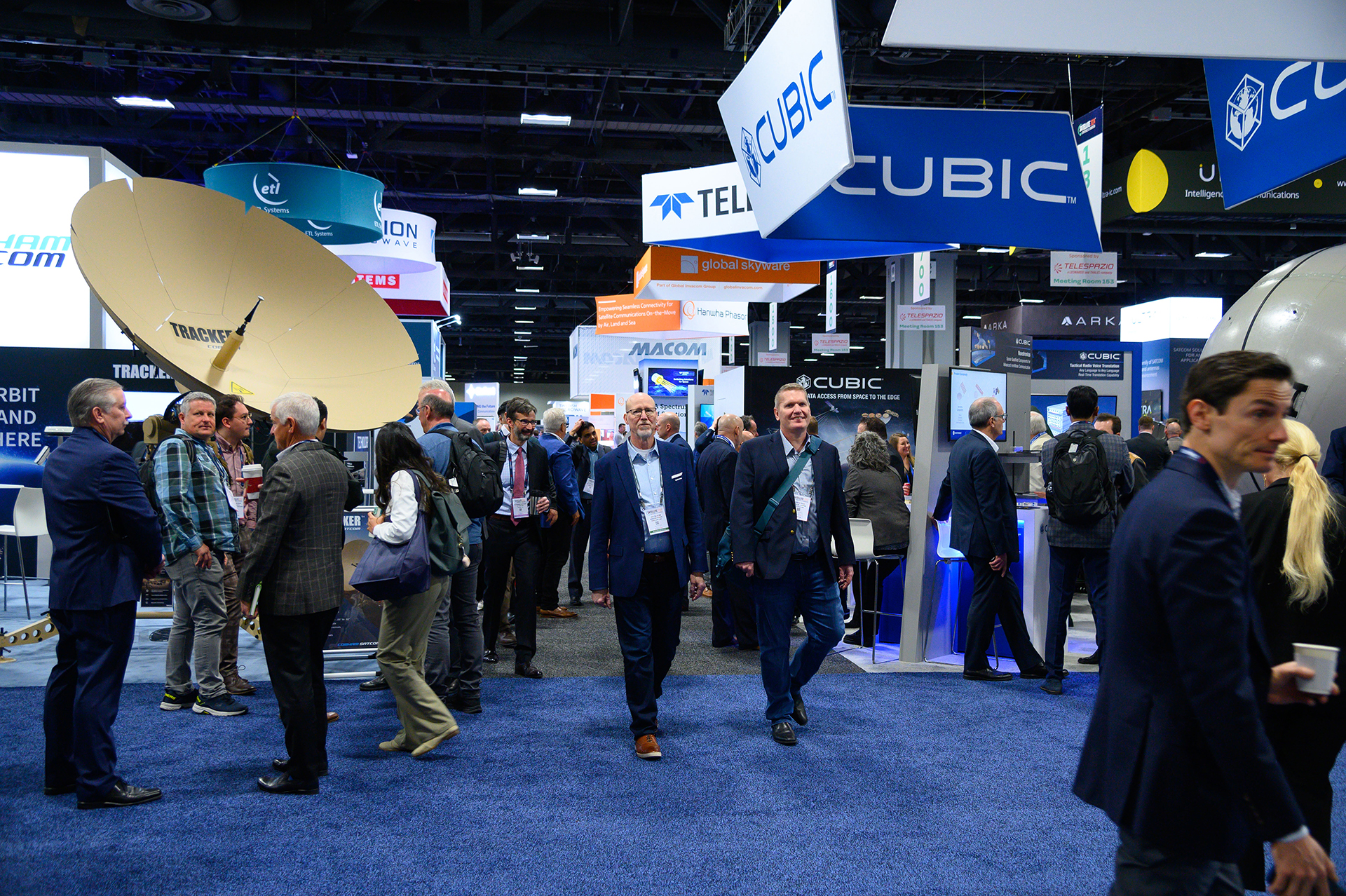On-satellite software has become a hot topic over recent weeks. On Episode 12 of The Satellite & NewSpace Matters Podcast we spoke to Sethu Suvanam, CEO of ReOrbit, about how his company is creating potential through their new platform. Sethu moved into the satellite industry after finishing his PhD in information and communication technology, and he has since gone on to found ReOrbit, the satellite company that’s disrupting the industry with their reusable, autonomous and software-defined micro satellite platform.
What can we expect to see from ReOrbit next?
If you look at the space industry today, the core element is actually data. That’s what is generating revenues. If you go to any operator, they are actually more worried about the satellite in itself, which shouldn’t be the case. On the ground, if you look at how things are working with cell phones, nobody’s worried about the hardware equipment, they’re talking about ‘How much should I charge for megabits?’. Data is what we should all be considering. We’re now planning to build infrastructures that optimise the data flows in space so that the operators can just think about the fastest way of getting the data. We are envisioning our future view as very similar to Cisco and how they brought about a connectivity revolution for the computer industry. We want to bring a similar connectivity revolution to the satellite industry.

The focus on software within the satellite and space industries has a lot of potential. How do you think a software-first approach will create potential?
Typically, a Space Systems Engineer will design the hardware first, then think about how they can write the software. The moment the machine changes though, the requirements are not the same. That’s why space missions have at least 30% NRA.
We’re developing the software first. Going software-first opens up your market, because you can then buy best in class hardware. It also enables us to start developing applications and functionalities onboard the satellite. If you want to have those architectures, then you need to get out of this hardware-first approach and put software at the centre. At the end of the day, it’s all about optimising the data flows and data routing, which is all done on the software, not the hardware. Going software-first also significantly cuts costs.
What are ReOrbit’s plans for the next 12-24 months?
At the end of the day, the crux of any company should be to generate revenues. That’s what we’re focused on; to keep increasing our revenues and profitability. We’re also building a sustainable company. It’s not sustainable in the clean air, clean energy sense, it’s more like creating a long-lasting company where generations of people can work. We are definitely growing and scaling up our team. We are now onboarding some more superstars of space. We’ve been quite successful in closing big contracts in the last couple of years, and now we are reaching a stage where we will start delivering on those. This fall it will be critical for us to deliver what we promised on time and at the cost we quoted.
To learn more about the work that Sethu and ReOrbit are doing, tune into The Satellite & NewSpace Matters Podcast here.
We sit down regularly with some of the biggest names in our industry, we dedicate our podcast to the stories of leaders in the technologies industries that bring us closer together. Follow the link here to see some of our latest episodes and don’t forget to subscribe.


